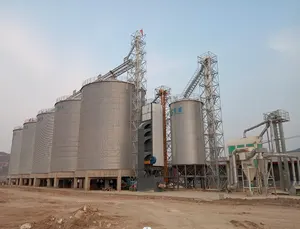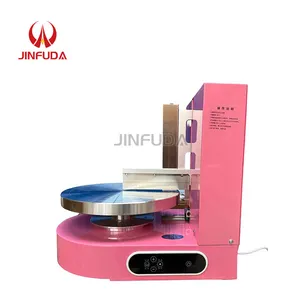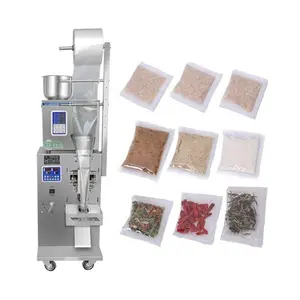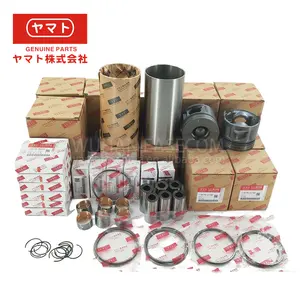Popular in your industry







































































Top categories
About small poultry farm design
While planning a small poultry farm design, numerous factors must be taken into consideration. These factors include the needs of the specific poultry species, the farm's size, the climatic conditions, and the available budget, among others. The design of a small poultry house for a limited number of birds, such as a backyard coop, differs from the buildings designed for commercial purposes. In a commercial setting, it is important to consider aspects such as the type of poultry to be raised, the space needed for growth and movement, and the equipment required for efficient operation. This article will discuss the planning of a small poultry shed design, the types of poultry farms, the importance of the location of a small poultry farm, the regulations and permits needed for small poultry farms, and the benefits of smart management practices in poultry farming.
Types of small poultry farms
Small poultry farms can be set up for a variety of purposes, from backyard farming to commercial ventures. A small chicken farm design might be established to provide a personal supply of fresh eggs and poultry products. This type of farm typically involves a limited number of birds, and the focus is on self-sufficiency and sustainability. In contrast, a small-scale commercial poultry farm might be designed to produce poultry products for local markets or specific niche markets. These farms are typically larger in size and employ more sophisticated infrastructure and management practices, but they are still small in comparison to large-scale industrial poultry operations. The design of a small-scale commercial farm will take into account factors such as the type of poultry being raised, the production goals, and the need for efficient and cost-effective operation.
Location of a small poultry farm
When planning a small poultry farm, the location is a crucial factor. The farm's site should be easily accessible, have adequate water supply, and be in compliance with local regulations. The small poultry farm design should be situated in an area with good drainage to prevent waterlogging in the poultry house. Additionally, the location should be free from potential sources of contamination, such as industrial facilities or heavily trafficked roads. It is also important to consider the prevailing wind direction to minimize odor issues. The location should have access to utilities such as electricity and be in compliance with zoning regulations. A small poultry farm should also be located in an area with a suitable climate for the specific type of poultry being raised.
Regulations and permits for small poultry farms
Before starting a small poultry farm, it is crucial to understand and comply with all relevant regulations and obtain the necessary permits. Regulations may vary depending on the farm's size, the type of poultry being raised, and the location. Small scale poultry house design is subject to zoning laws, environmental regulations, and animal welfare standards. Zoning laws dictate where poultry farms can be located and the type of structures that can be built. Environmental regulations may cover issues such as waste management and odor control. Animal welfare standards ensure that poultry are raised in humane conditions. Permits are usually required for construction, operation, and compliance with health and safety regulations.
Advantages of smart management practices in poultry farming
Introducing modern technologies and management practices can significantly improve the efficiency and productivity of a small poultry farm. Utilizing automated systems for feeding, watering, and climate control can reduce labor costs and ensure consistent care for the birds. Implementing biosecurity measures, such as controlling access to the farm and disinfecting equipment, can help prevent the spread of diseases. Monitoring and managing flock health through regular veterinary checks and data analysis can lead to early detection of issues and improved overall bird welfare. Embracing sustainable practices, like efficient waste management and energy use, can reduce the farm's environmental footprint and contribute to long-term viability. Employing smart marketing strategies to reach target customers and adapt to market trends can enhance the farm's profitability and resilience. Smart management practices not only benefit the farm but also contribute to the well-being of the birds and the satisfaction of the customers.




























